How does soil affect color and fragrance?
katyajini
4 years ago
Featured Answer
Sort by:Oldest
Comments (39)
Related Discussions
how does different soil mix initially affect the plant?
Comments (5)Plants usually need an adjustment period after repots if root work was extensive. When potting up, usually there is little noticeable difference, just a temporary increase in vitality. Repot/root-pruning will cause the tree to sulk for awhile & the time period varies. (BTW, Acers tolerate total bare-rooting very well, so don't be reluctant to remove all the old soil from the root mass). Also, timing of the repot impacts recovery. Visible signs are temporary slowed or nonexistent growth, temporary loss of vitality, possible loss of some buds. I would tend to consider leaf burn a result of a root system that is yet unable to keep up with water demand put on the tree by other cultural conditions (wind, sun, high temps), or fertilizer salt issues. Also, cellular pH has the ultimate affect on color, but soil pH affects cellular pH to a certain degree. Couldn't guess at soil pH unless we know soil make-up. Do you know? I can tell you how to test container media pH if you wish to know & don't, but it will vary widely over time. If I remember, we had some off forum discussions about soils for your Acers? Are you the one that linked me to another forum site discussion about Acer nutrient preferences? If so, I was impressed by the knowledge of the posters. I have always found that the fast soils I grow in require more N than I would at first think. However, I also know that generous applications of N in containerized Acers can bring about some unwanted problems. If you still have access to the folks you were talking to previously, I would seek nutritional advice from them. That works for me doesn't mean it will work for you. Are you the one who spoke of adding some extremely large pine bark to the mix? Is it possible the soil is simply becoming to dry between irrigating? What else is in the soil aside from the bark? Pam comes here often - also grows lots of Acers in containers. Perhaps she will read & offer her advice, which is always sterling. I'm at work now, but I'll link her to this tonight. Al...See More[newbie] is rose color affected by soil comp...?
Comments (7)Hi Berninicaco3 Welcome to gardenweb and this is a great place to check out ideas and input for roses and other plants. I only have Beauty Secret and Starina among the minis you list, but they grow well in the ground for me in the next state over. Next time you post, it helps if you put your zone 5 and Iowa in the zone line, so people can adapt their input for your zone. Even though we had a bitterly cold winter last year too, it doesn't change our zone for the time being, since those talk about averages rather than extremes. I'm not a good one for pot growing in general, but your well drained soil sounds like a good plan. Two points to add, though. You don't want to bring your roses in for the winter, since roses hate being inside and you'd get spider mites and sickly plants in the process. Instead, what you'll need to consider is how to winter protect your pots for the cold months. As I'd mentioned, both of those minis are hardy in the ground for me, but pots allow more cold air to reach the roots of the plant and can reduce the hardiness of the plants a full zone. What I'd recommend for the winter is to figure out a system for protecting the whole pot in a relatively secure (but still cold) part of your yard. Some folks use unheated garages or sheds, making sure to check water for the pots over the winter. I bury the whole pot in DRY oak leaves (don't use leaves that mat down and stay wet) in a spot next to the house for added protection, and take off the leaves in the spring when the garden warms up. Seil has a lot of pots she overwinters in a system where she wraps the whole bunch in protective materials against the side of her house, and she can chime in about her system there. Bottom line though is that they'll be happier outside and protected (and dormant for the winter) than trying to bloom inside. Have fun and it looks like you have some nice choices. Cynthia...See MoreHow does the color of lining affect drapery fabric?
Comments (3)You might want to get a sample from the bolt. The undertones (and other colors) can change with the dye lot. I was looking at a cream background on a sample that went pink/taupe when the bolt came in. It was not a high end fabric though. Maybe those are more reliable, part of the production cost....See MoreHow much does paint sheen affect color?
Comments (9)you are not overthinking paint as how many gallons w at least $30-40 /per gallon..if not more. those who have redone rooms /repaired walls and repainted can give experience . If you are doing it yourself....buy the best paint youcan afford....keep the best brushes around for edges and corners and take good care of them . I remember a good gallon of paint at $15-18. so for the price now If I do a room I always reevaluate the info on the declarations on the brochures /cans. You cant even rely on the guy helping you at the hardware store.....Sher Williams doesnt have the trained people they used to.....Benjamin Moore staff behind the counter is good. I had good help w Pratt and Lambert[was the best paint] now its sold so store is gone. PPG store here had good trained help a couple yrs ago....See MoreAustin
4 years agokatyajini
4 years agokatyajini
4 years agodaisyincrete Z10? 905feet/275 metres
4 years agolast modified: 4 years agokatyajini thanked daisyincrete Z10? 905feet/275 metreskatyajini
4 years agonoseometer...(7A, SZ10, Albuquerque)
4 years agokatyajini thanked noseometer...(7A, SZ10, Albuquerque)katyajini
4 years agoPerma n’ Posies/9A FL
4 years agokatyajini
4 years agoDotsie Adams 8b
4 years agoVaporvac Z6-OhioRiverValley
4 years agokatyajini
4 years ago
Related Stories

EDIBLE GARDENSWhy Grow Quince? For Beauty, Fragrance and Old-Time Flavor
Delightfully perfumed fruit and lovely spring blossoms make this apple and pear cousin worth a spot in the garden
Full Story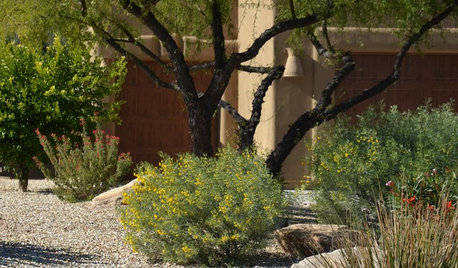
GARDENING GUIDESGreat Design Plant: Feathery Cassia for Fragrance in Arid Gardens
Aromatic and golden, this shrub’s flowers enliven dry, sunny landscapes — and its lacy gray-green foliage looks great too
Full Story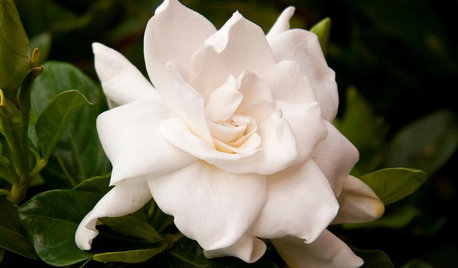
FLOWERS AND PLANTSGardenias Fill Gardens With Fragrance and Charm
These sweet-smelling, warm-weather-loving evergreens are the go-to flower for Southern gardeners and belles
Full Story
GARDENING GUIDESGet the Dirt on Your Garden’s Soil
Understand how your soil supports your plants so you can ensure your garden’s success
Full Story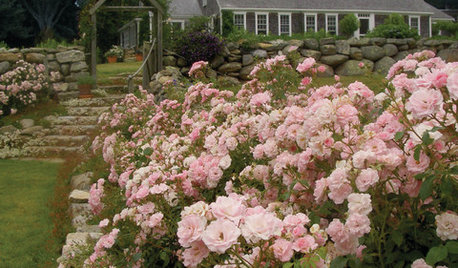
GARDENING GUIDESFlowers and Foliage That Bring Fragrance Into Your Garden
Create a scented garden with roses, lavender, thyme, jasmine, citrus trees and other sweet-smelling plants
Full Story
GARDENING GUIDESHave Acidic Soil in Your Yard? Learn to Love Gardening Anyway
Look to acid-loving plants, like conifers and rhododendrons, to help your low-pH garden thrive
Full Story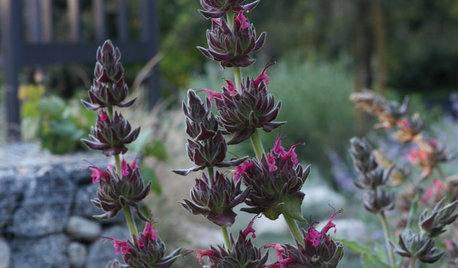
FLOWERS AND PLANTSHummingbird Sage Lures Wildlife With Its Sweet, Fruity Fragrance
This native California ground cover thrives with little water on grassy slopes, under trees or in patio containers
Full Story
FARM YOUR YARDHow to Get Good Soil for Your Edible Garden
The nutrients in your soil feed the plants that feed you. Here are tips on getting it right — just in time for planting season
Full Story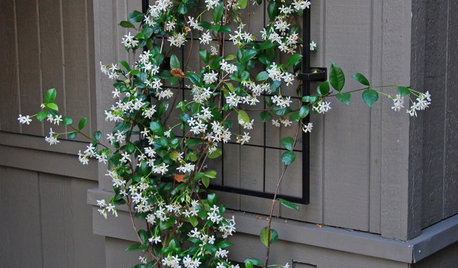
FEEL-GOOD HOMESimple Pleasures: Scent and Memory
Fragrant jasmine, fresh-brewed coffee, baking bread. Scents can evoke memories and bring sensory pleasure to our homes
Full Story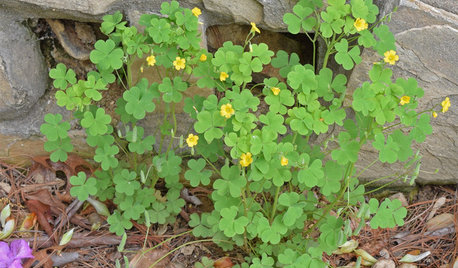
GARDENING GUIDESWhat Your Weeds May Be Trying to Tell You
An invasion of weeds can reveal something about your soil. Here’s what is going on and what to do about it
Full Story






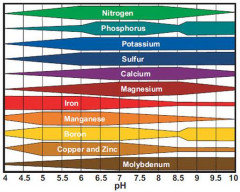

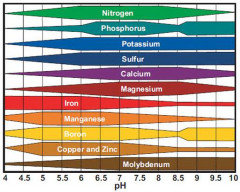



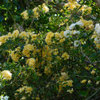
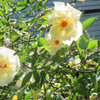
BenT (NorCal 9B Sunset 14)